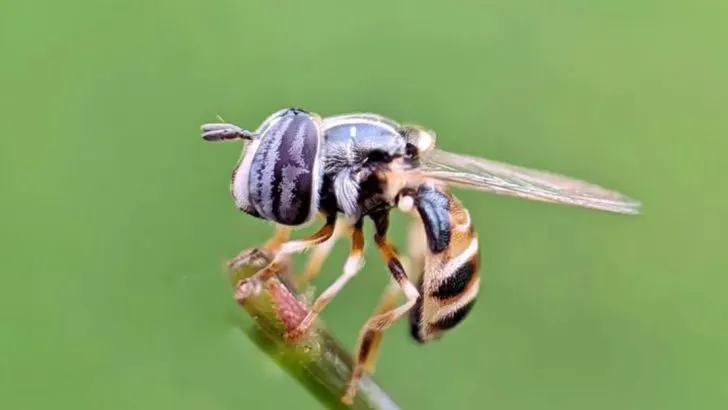When we think of pollinators, we picture the familiar buzz of bees or the flutter of butterflies. But not all pollinators announce themselves. Some are soundless, small, and so subtle in their movements that you’ve likely walked past them a hundred times—without ever knowing the crucial work they do.
These invisible allies—hoverflies, beetles, gnats, ants, and tiny native wasps—often pollinate in silence, under leaves, at dusk, or deep inside narrow blooms where louder insects won’t go. They thrive where others don’t, and their presence often signals a healthy, balanced microclimate.
In this article, we’ll explore who these overlooked pollinators are, how to welcome them into your garden, and why nurturing the quietest life forms may be the loudest statement you can make for biodiversity.
Hoverflies
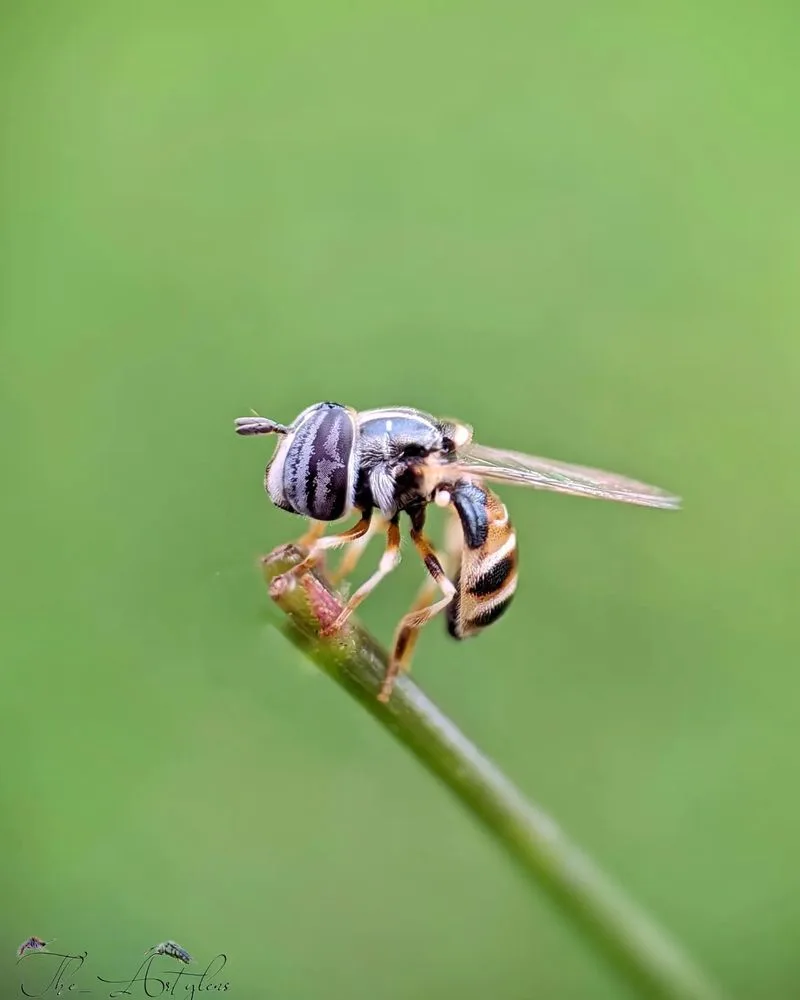
With their bee-like appearance, hoverflies often go unnoticed. Yet, these small insects play a major role in pollination. Their ability to hover perfectly still in mid-air makes them superb at accessing the inner parts of flowers. What sets them apart is their mimicry of bees and wasps, a clever disguise to deter predators. Hoverflies are particularly fond of flowers with easy access to nectar, like daisies and marigolds. Despite their lack of a buzz, their silent contribution to pollination is invaluable, supporting both wildflowers and agricultural crops.
Beetles

Before bees became famous for pollination, beetles were there first. Known as “mess and soil” pollinators, these insects have a unique, often clumsy style. They trample over flowers, searching for pollen and nectar, inadvertently aiding pollination. Their ancient relationship with plants has been around since the age of dinosaurs. This history is reflected in their diverse forms and vibrant colors. Beetles are particularly drawn to flowers with strong scents and large, open shapes, like magnolias and water lilies.
Moths
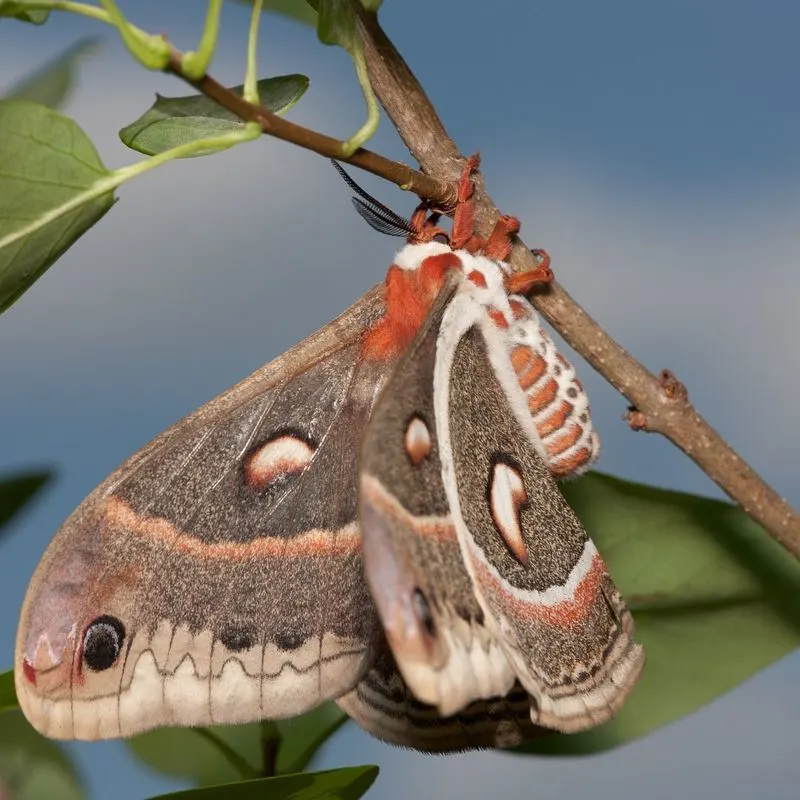
Often overshadowed by their daytime cousins, moths are the night shift workers of the pollination world. While they might lack the fanfare of butterflies, their nocturnal activities are crucial. Moths are attracted to pale or white flowers which reflect moonlight, making them easier to spot in the dark. Their long proboscis allows them to reach deep into tubular flowers for nectar. As they feed, they transfer pollen, supporting a variety of plant species, including those that bloom exclusively at night.
Wasps

Not typically celebrated for their pollination skills, wasps deserve recognition for their ecological contributions. Unlike bees, wasps are carnivorous, but they do enjoy a sweet nectar treat. Their visits to flowers may be opportunistic, but they effectively transfer pollen as they move. Agile flyers, wasps prefer open flowers that offer easy access to nectar. Some plants have even evolved to rely specifically on wasp pollination. This relationship highlights the complex interplay between wasps and the ecosystems they inhabit.
Ants
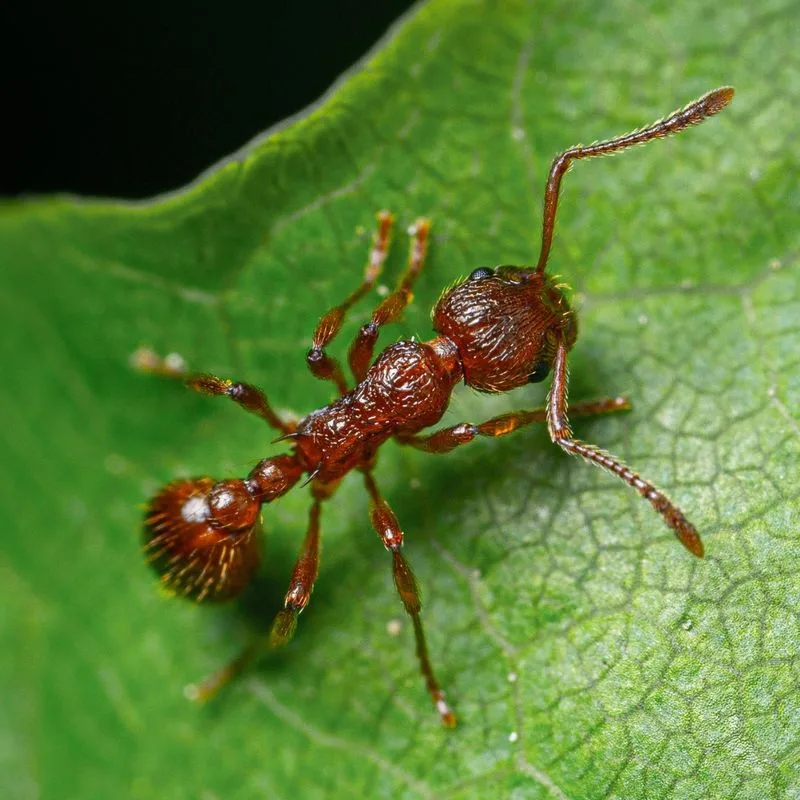
While ants are often seen as garden pests, they play an unexpected role in pollination. These diligent workers are attracted to the nectar of low-growing flowers. As they forage, they inadvertently carry pollen from one flower to another. Ants’ preference for ground-hugging flora makes them perfect partners for certain plant species. Their contribution might be modest compared to other insects, but it’s an essential piece of the ecological puzzle. Ants remind us that even the smallest creatures can make a big impact.
Flies
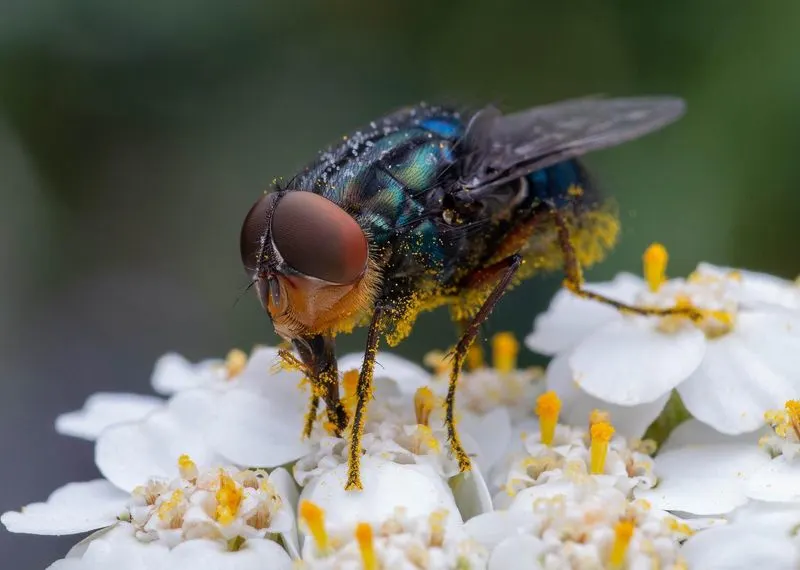
Flies, often dismissed as mere nuisances, are surprisingly efficient pollinators. With their short life cycles, they are abundant and always on the move. Flies are drawn to flowers with strong odors, including those unpleasant to humans. While their pollination style may seem haphazard, it’s effective in supporting a wide range of plants. They play a significant role in the pollination of crops like cocoa and coffee. Flies exemplify how even the most common insects can contribute to biodiversity and agriculture.
Butterflies
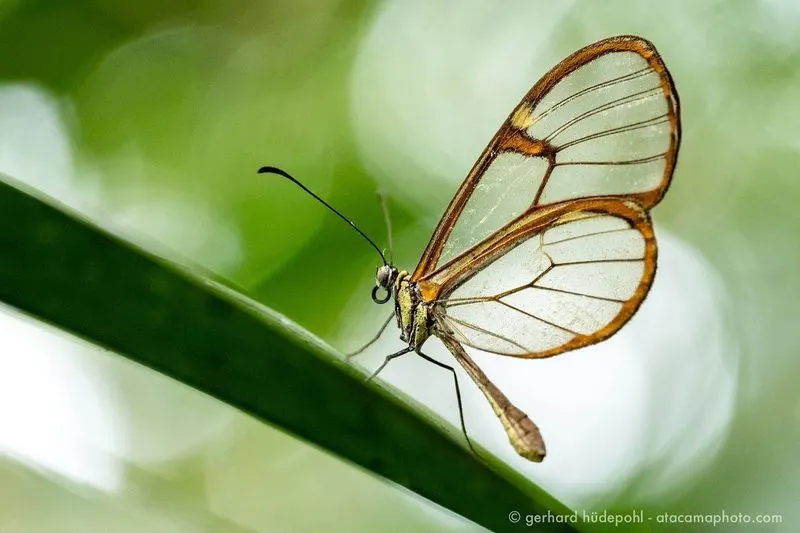
Butterflies are the graceful dancers among pollinators, captivating with their delicate flight. Their long, thin legs and extended proboscis make them adept at reaching nectar deep within flowers. Unlike bees, butterflies are more selective, often choosing brightly colored blooms with flat surfaces. Their daytime activity complements the nocturnal work of moths. Butterflies not only support floral diversity but also serve as indicators of the health of an ecosystem. Their presence brings both beauty and ecological benefits to gardens worldwide.

